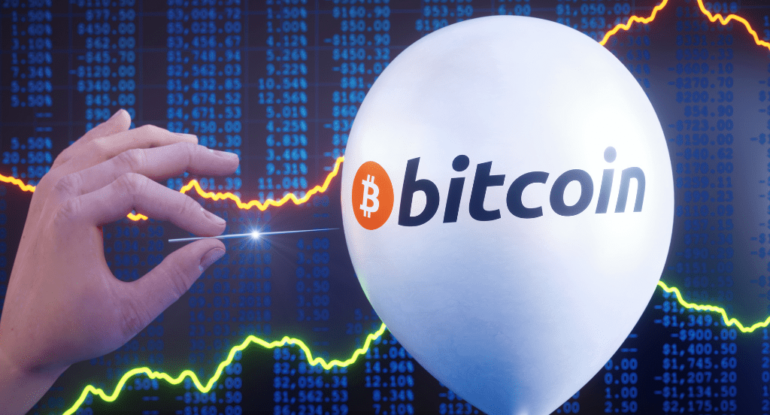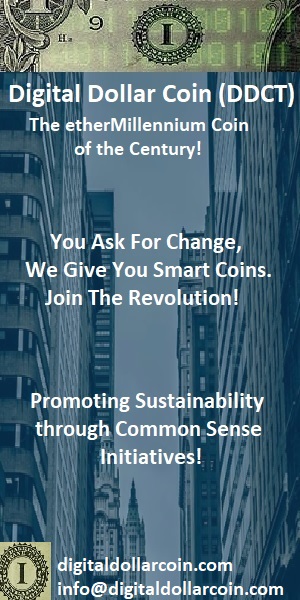Is the Bitcoin Bubble About to Pop?

Economic bubbles occur when too much money is put towards too few assets. Examples of this are the dot-com bubble of the late 1990s and the subprime mortgage crisis of 2008.
The Bitcoin dynamic is quite often compared to the tulip mania of the 1630s in the Netherlands. Tulips were then newly-introduced and were considered a status symbol for the merchant class that had suddenly come into wealth. The price of tulips subsequently skyrocketed because of the predicted success that it was going to have.
The Dutch created the world’s first formal futures market, to buy and sell contracts to purchase the tulip bulbs at the end of the season. A single tulip bulb could sell for over 10 times the annual income of a skilled artisan at the height of the craze.
Then, an outbreak of the bubonic plague in Haarlem sent everything to the ground. There was no more demand for the flowers, and people holding contracts or owning bulbs had to sell at a price multiple times cheaper than they originally paid for. Former president of the Dutch Central Bank, Nout Wellink, called the Bitcoin frenzy worse than this example, because at least the people got a tulip at the end of it, opposed to having nothing if the same were to happen with Bitcoin.
Bitcoin recently fell from a (then) record high of around $58,300 just days after Tesla CEO Elon Musk tweeted that the prices ‘seemed to be high’. The event could be a sign of how volatile its value is, without any concrete backing. In fact, its price volatility is 80 percent – 12 times higher than the Euro.
So the question is, is the bubble going to pop, and how much time do we have before it does?
Add a comment
You must be logged in to post a comment.



























































